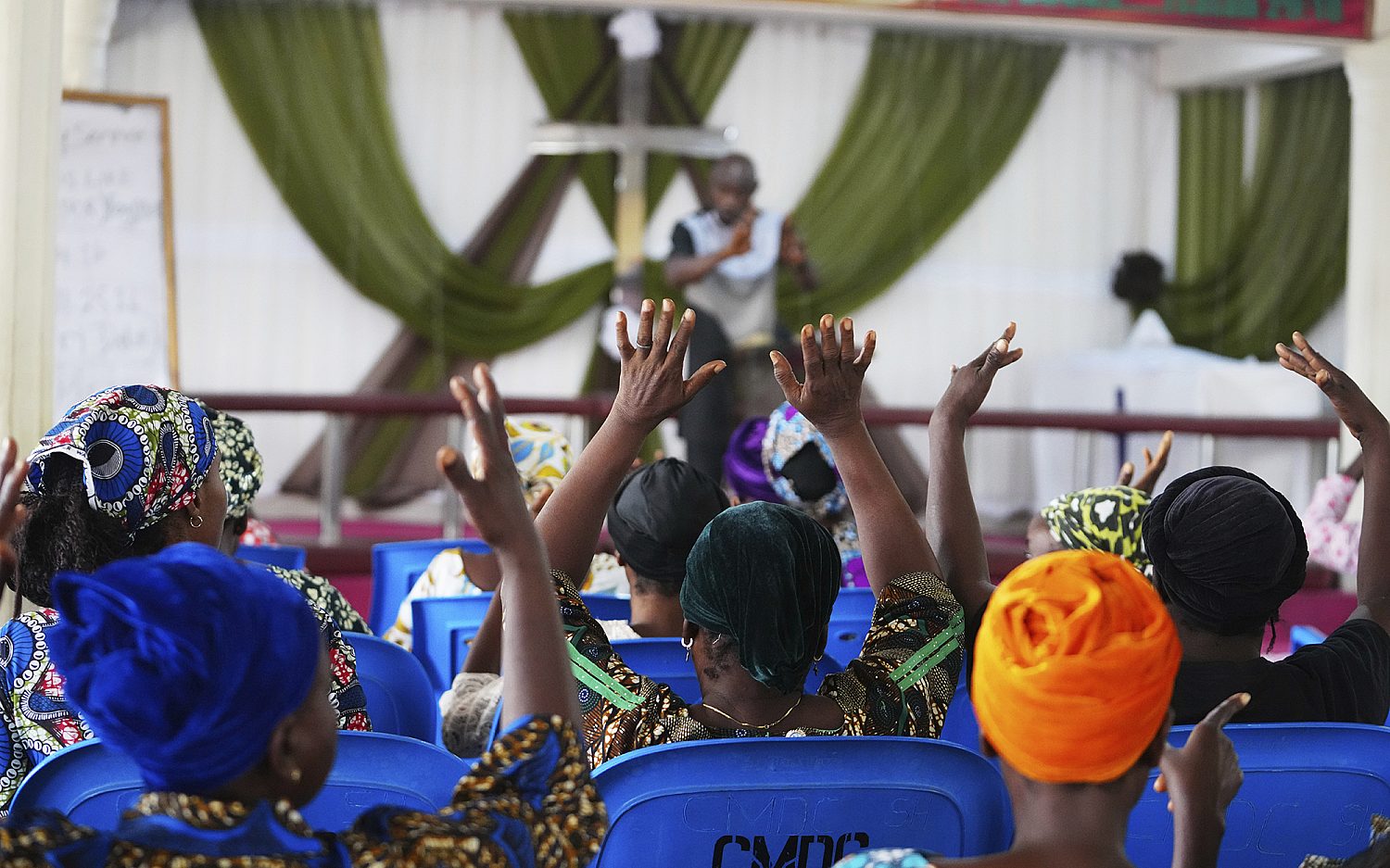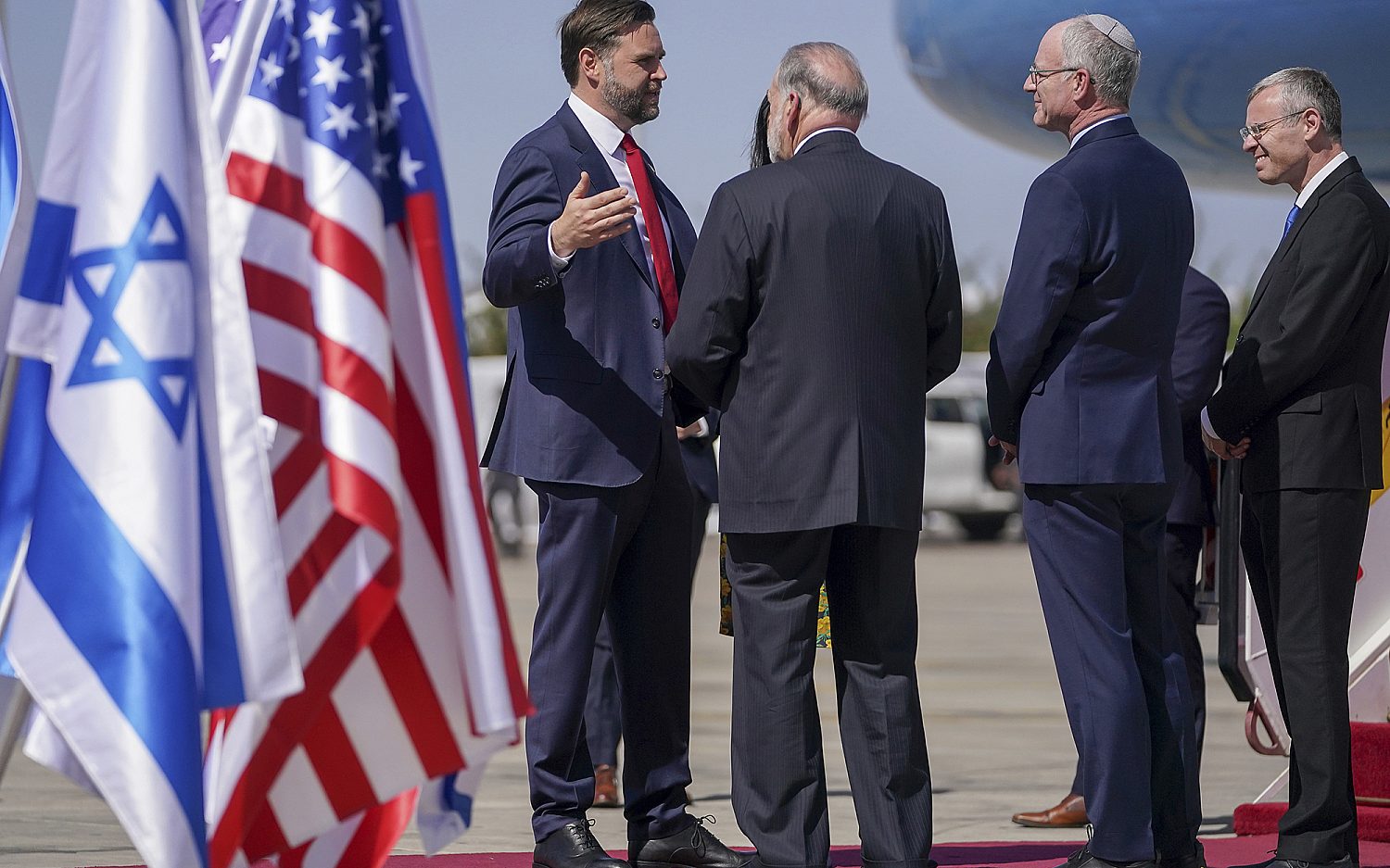Traffic surge
A lack of driver training leads to accidents and challenges for U.S.
KABUL, Afghanistan-Gridlock is the name of the game in Afghanistan's capital city. If you want to get across town, expect to sit in multiple traffic jams at nearly any hour of the day. Streets built when the city had half-a-million people are struggling to accommodate the 3 to 5 million living here now. Add frequent military and other convoys, and take away traffic lights and lane markers, as there are practically none, and street flow can come to a standstill.
Cars inch through roundabouts built during the British era, and it's not unusual to see commuters lined up six abreast, all competing to squeeze into a two-lane road. Horns honk as the cars turning left or right cross in and out of the cars going straight. Swerving into the oncoming lane to get where you need to go is acceptable. Young boys run in and out of the mere inches between cars, tin cans held up, begging. And don't look now but here comes a man selling nuts out of a wheelbarrow, weaving his way through the jam-up and against traffic.
But comic moments do give way to tragedy. And accidents can lead to broader tension, as a fatal accident last week demonstrated when a U.S. Embassy-registered SUV hit a car driven by Afghans. The collision took place at dusk, and initial reports said four Afghans had been killed. Email warnings went out that evening to the city's expat community, cautioning Americans and others to stay off roads. The last time an official U.S. vehicle was involved in a traffic fatality, in May 2006, rioters took to the streets and 14 people died in the chaos. This time though, after Kabul's police chief announced Sunday that the accident was the fault of the Afghan vehicle and resulted in one fatality, a smaller group of demonstrators turned out downtown to protest U.S. presence.
But the reality is that accidents happen-and most Afghans don't receive formal training on how to drive. That's turning out to be a challenge for U.S. forces overseeing the building of the Afghan National Army: Combat casualties may be climbing for the U.S. and Afghan forces, but right now the number-one cause of death in the ANA is vehicular accidents.
At the Kabul Military Training Center, a 22,000-acre facility about 30 minutes (depending on traffic) outside of town, Capt. John Dornan is one of the U.S. Army mentors helping Afghan army recruits learn to take the wheel. It involves a concentrated, five-week course where senior officers train recruits to drive a Humvee and an armored Ford Bronco. According to Dornan, out of the 50 soldiers gathered in a class under a camouflage tent, 45 have never driven a car and about 25 have never even sat in a vehicle. "So we start with the Humvee," he explained, "because it's an automatic and has stiff steering." It's also hard to hurt.
First, the recruits go over a manual, translated into Dari and Pashtun languages. Then they move in twos and threes to a gravel track laid out across the desert and scattered with orange cones. And like any driver's-ed student in the States they climb into the driver's seat with a watchful and patient teacher, in this case an Afghan Army officer.
"It's a challenge," said Dornan. "But you can't build a fighting force unless you have soldiers who can drive." See these other reports from Afghanistan by Mindy Belz: Kabul snapshot | Despite being in the midst of a war zone, residents of the capital city press on with their daily lives Police training | With accelerated training, the national police force looks to grow quickly to counter threats throughout the country Fighting to survive | The country has been described as 'the most dangerous place to be born' To hear Mindy Belz discuss this topic on the "Knowing the Truth" radio program, click here.
An actual newsletter worth subscribing to instead of just a collection of links. —Adam
Sign up to receive The Sift email newsletter each weekday morning for the latest headlines from WORLD’s breaking news team.





Please wait while we load the latest comments...
Comments
Please register, subscribe, or log in to comment on this article.